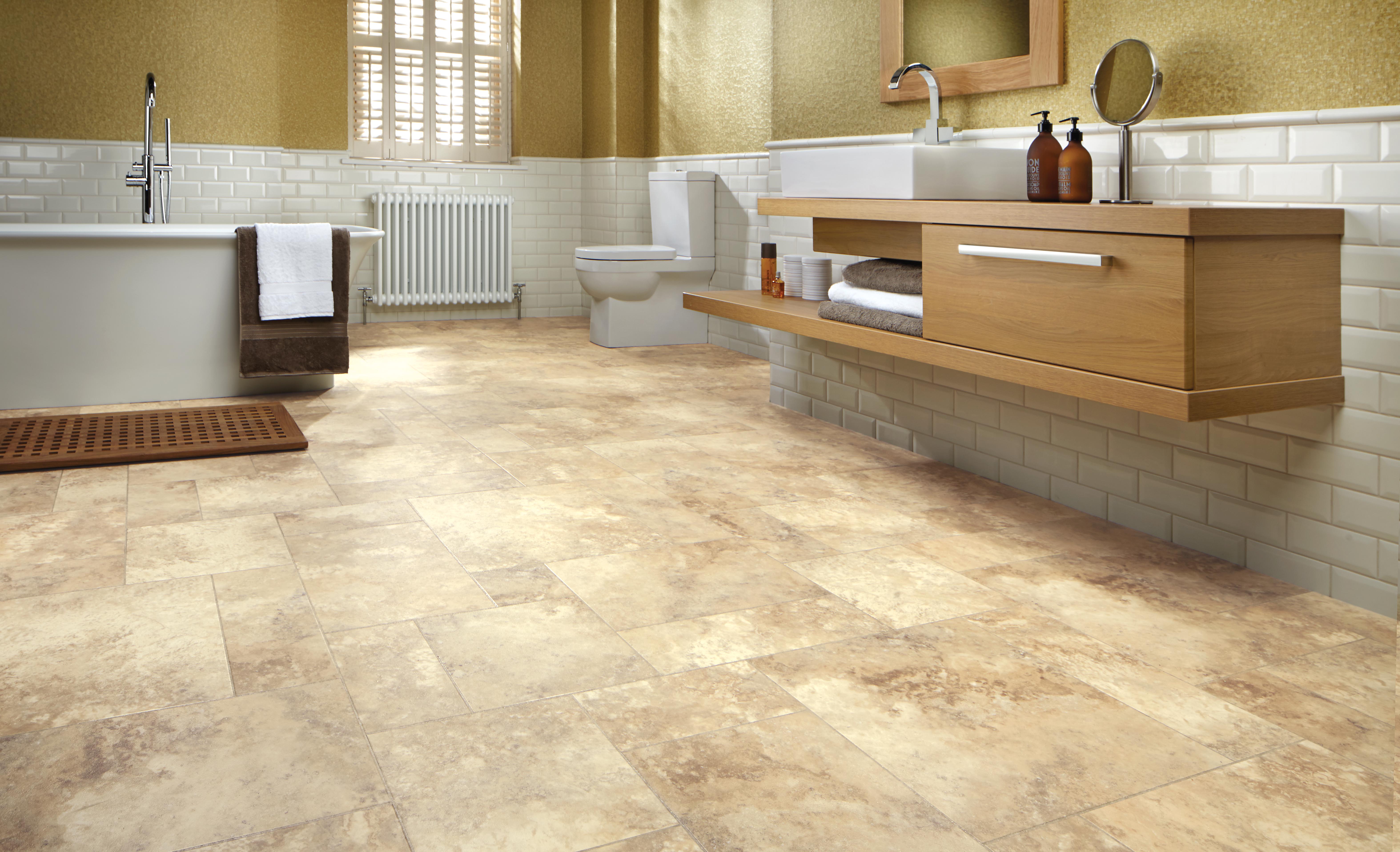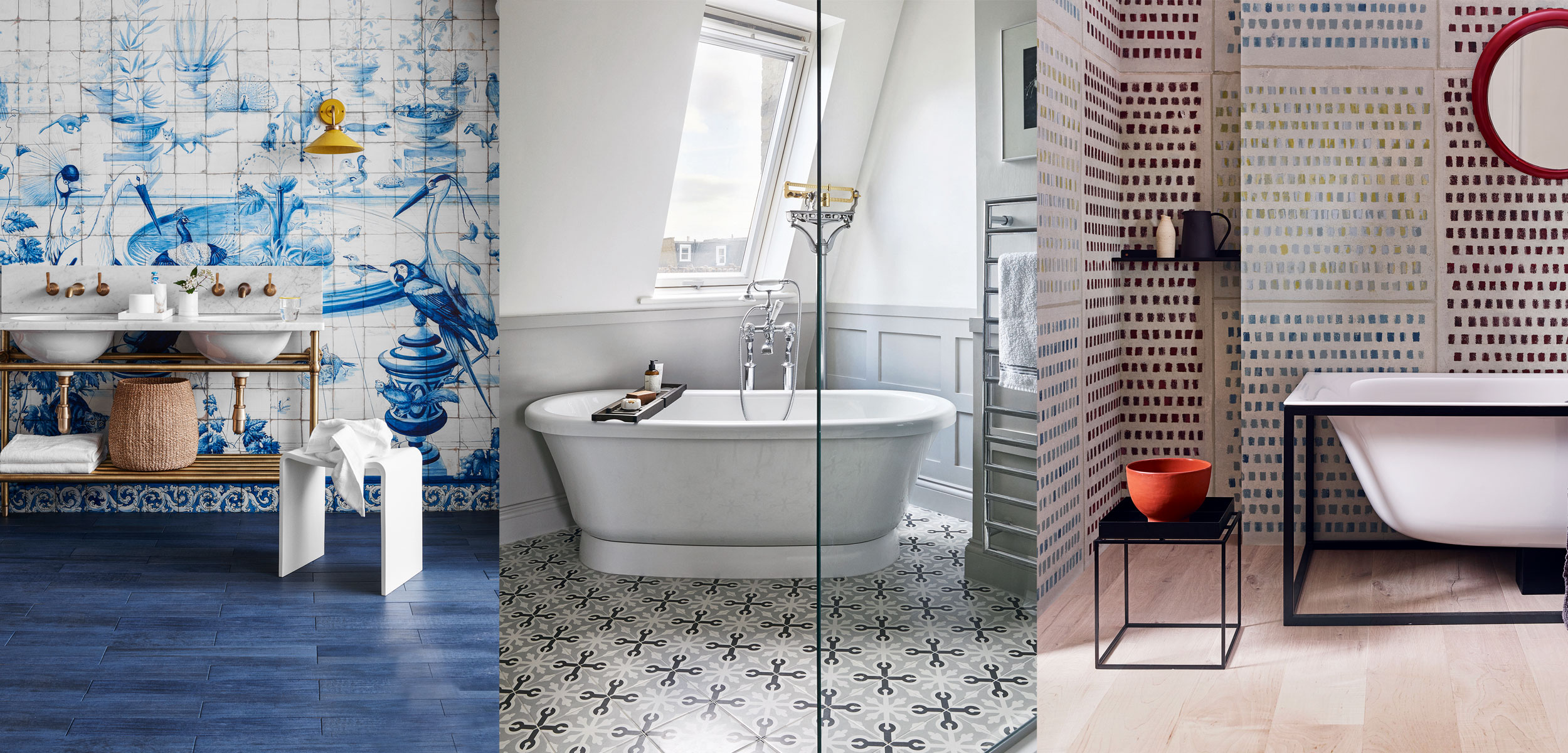Benefits of PVC Flooring in Bathrooms

PVC flooring has become increasingly popular in bathrooms due to its numerous advantages. Its unique properties make it a highly desirable choice for this demanding environment.
Waterproof and Moisture-Resistant Properties
PVC flooring is inherently waterproof and moisture-resistant, making it an ideal choice for bathrooms, where water spills and humidity are common. Its non-porous surface prevents water from penetrating the floor, preventing the growth of mold and mildew, which can pose health risks and damage the floor. This makes PVC flooring a hygienic and durable option for bathrooms.
Durability and Longevity
PVC flooring is known for its durability and longevity, outperforming many other bathroom flooring options. Its robust construction can withstand heavy foot traffic and the wear and tear associated with daily bathroom use. PVC flooring is resistant to scratches, dents, and stains, ensuring its beauty and functionality remain intact for many years.
Ease of Cleaning and Maintenance
PVC flooring is remarkably easy to clean and maintain, saving you time and effort. Its smooth, non-porous surface repels dirt and grime, making it simple to sweep, mop, or vacuum. Regular cleaning with mild detergents is all that’s needed to keep your PVC bathroom floor looking its best.
Slip-Resistant Features, Pvc flooring in bathroom
Safety is paramount in bathrooms, and PVC flooring offers excellent slip-resistance. Many PVC flooring options come with textured surfaces or special coatings that enhance traction, reducing the risk of slips and falls. This is especially important in wet bathroom environments, where the risk of slipping is higher.
Cost-Effectiveness
PVC flooring is a cost-effective solution for bathroom flooring. Its affordable price point makes it a budget-friendly option without compromising on quality or durability. Furthermore, its low maintenance requirements translate into long-term cost savings, making PVC flooring a wise investment for your bathroom.
Types of PVC Flooring for Bathrooms

PVC flooring comes in a variety of styles and designs, each offering unique benefits and drawbacks. Choosing the right type depends on your bathroom’s design, budget, and desired level of durability.
Luxury Vinyl Tile (LVT)
Luxury vinyl tile (LVT) is a popular choice for bathrooms due to its durability, water resistance, and stylish appearance. LVT mimics the look of natural materials like stone, wood, and ceramic tile, but with the added benefit of being softer underfoot and easier to install.
LVT is available in a wide range of styles, colors, and textures, allowing for creative design possibilities. It is also relatively easy to clean and maintain, making it a practical choice for busy bathrooms.
Advantages of LVT in Bathrooms:
- Water-resistant: LVT is designed to withstand moisture and spills, making it ideal for high-traffic areas like bathrooms.
- Durable: LVT is resistant to scratches, dents, and stains, ensuring it remains beautiful for years to come.
- Easy to install: LVT can be installed over existing floors, making it a cost-effective option.
- Wide range of styles: LVT offers a wide range of colors, textures, and patterns, allowing you to create a unique bathroom design.
- Comfortable underfoot: LVT is softer than ceramic tile, providing a more comfortable experience.
Disadvantages of LVT in Bathrooms:
- Can be more expensive than traditional vinyl flooring: LVT is generally more expensive than traditional vinyl flooring, but it’s still a cost-effective option compared to natural stone or hardwood.
- May require professional installation: While LVT is relatively easy to install, it’s best to consult with a professional for larger areas to ensure proper installation and avoid potential issues.
Popular LVT Brands:
- CoreLife: Known for its durable and stylish LVT products, CoreLife offers a wide range of designs and finishes.
- Shaw: A leading flooring manufacturer, Shaw offers a variety of LVT options, including its popular Floorte line.
- Armstrong: Armstrong is a well-established brand in the flooring industry, offering a wide range of LVT products for both residential and commercial applications.
Vinyl Planks
Vinyl planks are another popular choice for bathrooms, offering a similar level of durability and water resistance as LVT. They are typically wider and longer than LVT tiles, creating a more elongated and continuous look that resembles hardwood flooring.
Vinyl planks are available in a variety of wood-look finishes, offering a natural and sophisticated aesthetic. They are also easy to clean and maintain, making them a practical choice for busy bathrooms.
Advantages of Vinyl Planks in Bathrooms:
- Water-resistant: Vinyl planks are designed to withstand moisture and spills, making them suitable for bathrooms.
- Durable: Vinyl planks are resistant to scratches, dents, and stains, ensuring they remain beautiful for years to come.
- Easy to install: Vinyl planks can be installed over existing floors, making it a cost-effective option.
- Wide range of styles: Vinyl planks offer a wide range of wood-look finishes, allowing you to create a natural and sophisticated bathroom design.
- Comfortable underfoot: Vinyl planks are softer than ceramic tile, providing a more comfortable experience.
Disadvantages of Vinyl Planks in Bathrooms:
- May not be as durable as LVT: While vinyl planks are durable, they may not be as resistant to scratches and dents as LVT.
- May require professional installation: While vinyl planks are relatively easy to install, it’s best to consult with a professional for larger areas to ensure proper installation and avoid potential issues.
Popular Vinyl Plank Brands:
- Pergo: Pergo is a well-known brand in the flooring industry, offering a wide range of vinyl plank products, including its popular TimberCraft line.
- Mohawk: Mohawk is a leading flooring manufacturer, offering a variety of vinyl plank options, including its popular SolidTech line.
- Karndean: Karndean is known for its high-quality and stylish vinyl plank products, offering a wide range of wood-look finishes.
Comparison of PVC Flooring Types
| Feature | Luxury Vinyl Tile (LVT) | Vinyl Planks |
|---|---|---|
| Price | Generally more expensive | Generally less expensive |
| Durability | Highly durable, resistant to scratches, dents, and stains | Durable, but may not be as resistant to scratches and dents as LVT |
| Aesthetics | Wide range of styles, including stone, wood, and ceramic tile looks | Wide range of wood-look finishes |
| Installation | May require professional installation for larger areas | May require professional installation for larger areas |
Installing PVC Flooring in Bathrooms
Installing PVC flooring in bathrooms is a relatively straightforward process that can be completed by homeowners with basic DIY skills. However, proper preparation and attention to detail are crucial for a successful installation that will last for years.
Preparing the Subfloor
A solid and level subfloor is essential for a successful PVC flooring installation. This ensures that the flooring lies flat and prevents unevenness or buckling over time.
* Remove Existing Flooring: Begin by removing any existing flooring, such as tiles, carpet, or wood.
* Clean and Repair: Thoroughly clean the subfloor, removing any debris, dust, or dirt. Repair any cracks, holes, or unevenness with patching compound or wood filler.
* Leveling: If the subfloor is uneven, consider leveling it with self-leveling compound. This ensures a smooth and consistent surface for the PVC flooring.
* Moisture Barrier: Apply a moisture barrier to the subfloor, especially in bathrooms where moisture levels can be high. This prevents moisture from damaging the subfloor and the PVC flooring.
Installing PVC Flooring
Once the subfloor is prepared, you can start installing the PVC flooring. The installation process involves cutting and laying the tiles or planks, and securing them with adhesives or a click-lock system.
* Cutting: Use a utility knife or a specialized flooring cutter to cut the PVC flooring tiles or planks to size. Make sure to cut the pieces precisely to fit the bathroom layout.
* Laying: Begin laying the tiles or planks from one corner of the bathroom, working your way across the floor. Ensure that each piece is properly aligned and butted against the adjacent piece.
* Adhesive: For glue-down PVC flooring, apply a thin layer of adhesive to the subfloor before laying the tiles or planks. Make sure to use a suitable adhesive for PVC flooring.
* Click-Lock System: For click-lock PVC flooring, simply click the tiles or planks together, ensuring that they are securely interlocked.
* Spacing: Maintain a consistent spacing between the tiles or planks, using spacers to create a uniform look.
Finishing Edges and Transitions
After laying the PVC flooring, you need to finish the edges and transitions to create a seamless look.
* Trim: Use trim pieces to cover the edges of the PVC flooring, such as along the walls or around doorways. This provides a neat and finished look.
* Transitions: For transitions between different flooring types, use transition strips to create a smooth and seamless transition.
* Caulking: Seal any gaps or cracks around the edges of the PVC flooring with caulk. This helps prevent water from seeping underneath the flooring.
